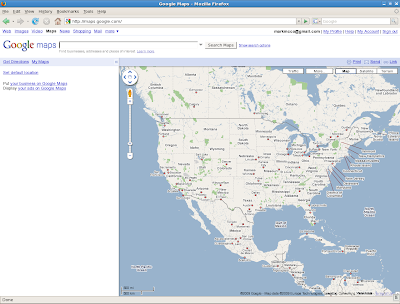Notes from episode 2 of a BBC4 series on the Pre-Raphaelite Brotherhood. Notes from episode 1 are here.
After focusing on a new realistic approach to painting sacred scenes and scenes from modern urban life, the Pre-Raphaelites turned to a new approach to landscape painting, featuring a microscopic examination of the natural world, with closely observed scientific fidelity (following the ideas of John Ruskin). Landscape painting had been traditionally executed in the studio from sketches. John Everett Millais and William Holman Hunt used the newly established train system to get out of London into the countryside, along with all their paints and easels and canvasses.
John Everett Millais' Ophelia (1852):

This painting breaks a number of established 'rules' - for example, the river flows (counterintuitively) from right to left, rather than the traditional left-to-right. Many of the featured flowers come straight from Shakespeare's text, and are painted in exquisite, botanical detail. The backdrop was painted in situ in Surrey, and the figure of drowned Ophelia was painted in the studio, with Elizabeth Siddal in a big bath of water. Unlike his earlier controversial works, this painting was highly acclaimed.
William Holman Hunt's The Hireling Shepherd (1851):

This painting was painted on top of a white background, rather than the traditional dark foundation - to try and capture the luminosity of nature under the bright sun. Minute details were painted with a very fine brush - every blade of grass and every eyelash.
John Everett Millais' Portrait of John Ruskin (1854):

Ruskin commissioned Millais to paint his portrait against a Scottish landscape. There is no horizon, which was itself an innovation in landscape portraiture. The painting focuses on the detail of the rock on which he is standing, with geological detail. Millais fell in love with Ruskin's wife Effie, who was still a virgin after 5 years of marriage. They married in 1855, and the relation between Millais and Ruskin never recovered. Ruskin diverted his patronage to Dante Gabriel Rossetti, who continued to embrace medievalism, rather than the realism of the other Pre-Raphaelites.
Dante Gabriel Rossetti's The First Anniversary of the Death of Beatrice: Dante Drawing the Angel (1853):

William Holman Hunt's Our English Coasts (1852):

This was painted at Hastings on the Sussex coast, with careful depictions of the geological formations of the collapsing coastline (influenced by Charles Lyell's great work on British geology). The sheep assembled on the brink of the cliff are a "metaphor for what is going on in Britain at this time", i.e. fear of a resumption of the Napoleonic Wars, with Napoleon III recently established on the French throne. The tiny steamship in the background emphasises the modernity of the scene. One sheep is caught in the brambles, appealing to the viewer for help. The painting is painted at the end of the day (see the lengthening shadows), adding to the ominous atmosphere.
Close associate Ford Madox Brown's Pretty Baa-Lambs (1852):

The entire scene is painted out-of-doors (including the models, probably for the first time in painting), ensuring consistent conditions of light. Many of the details of light and shade (e.g. coloured shadows) are also innovative. This painting was not executed according to the 'rules', but by fresh, new observation.
Ford Madox Brown's An English Autumn Afternoon (1852-55):

This is the view from the back window of Brown's cottage in Hampstead. It doesn't look like any landscape painting ever made before, with its panoramic perspective and microscopic detail. It is both deeply objective and deeply subjective. The canvas is shaped like an eye. This 'immediacy of vision', almost photographic, is a property of all the Pre-Raphaelite paintings.









